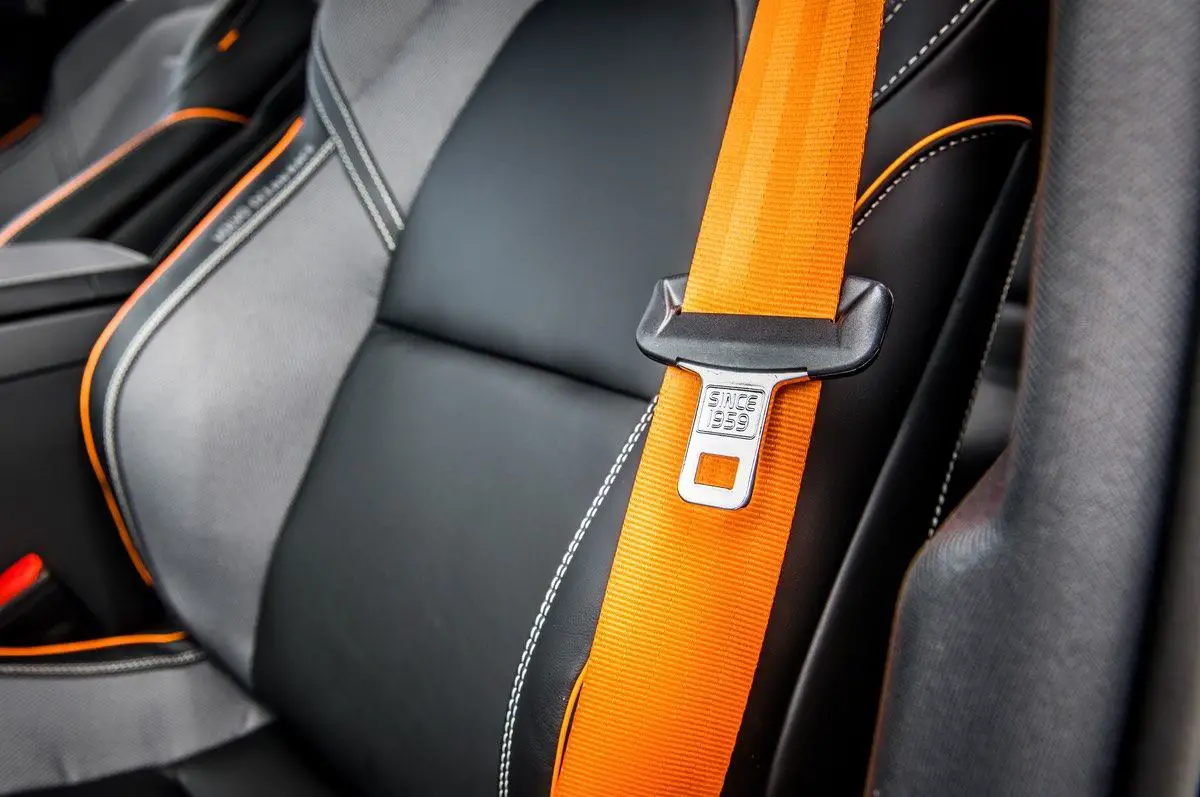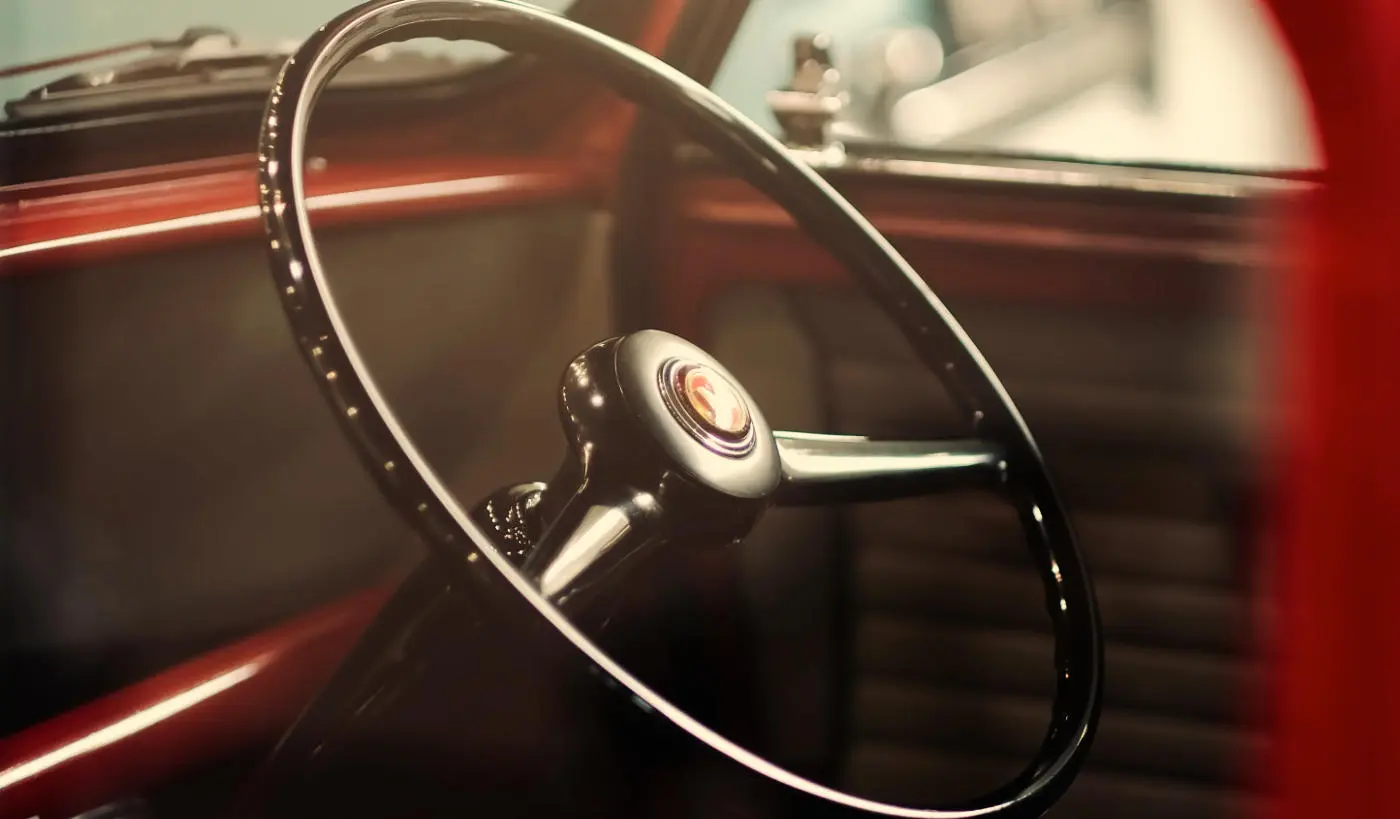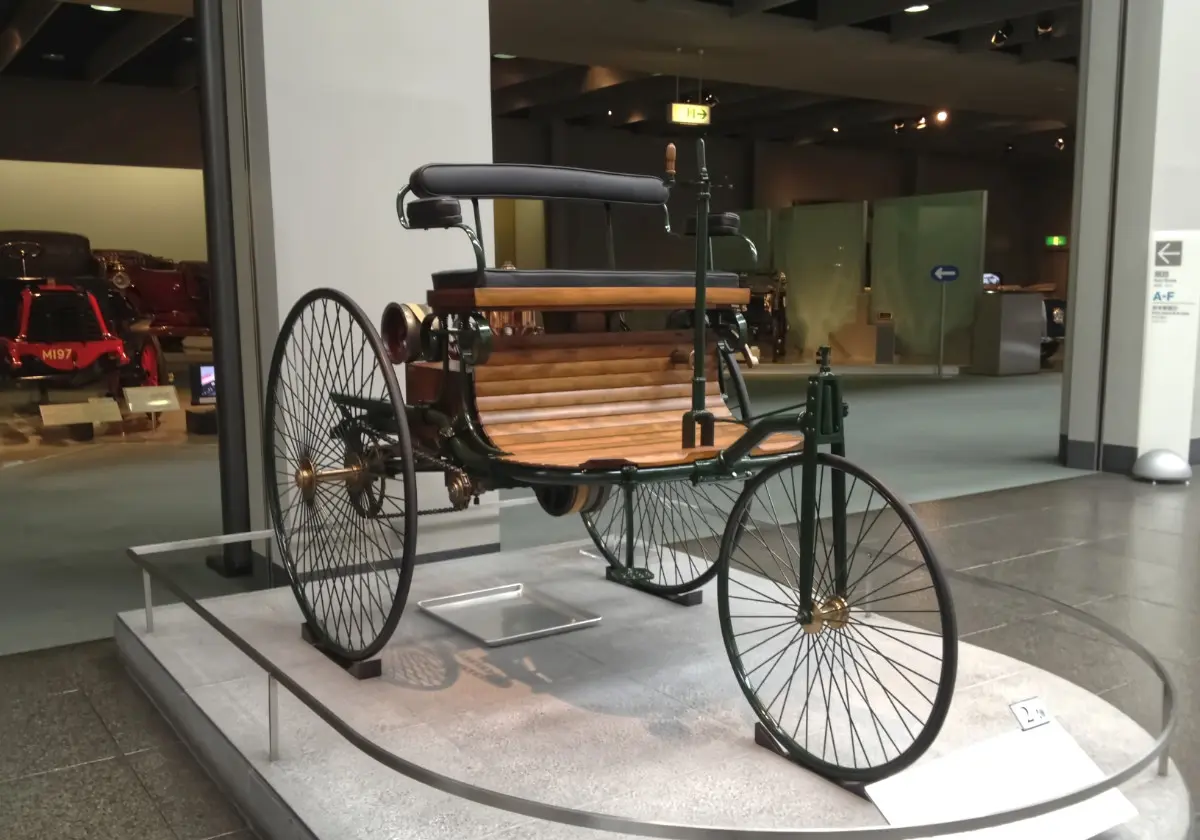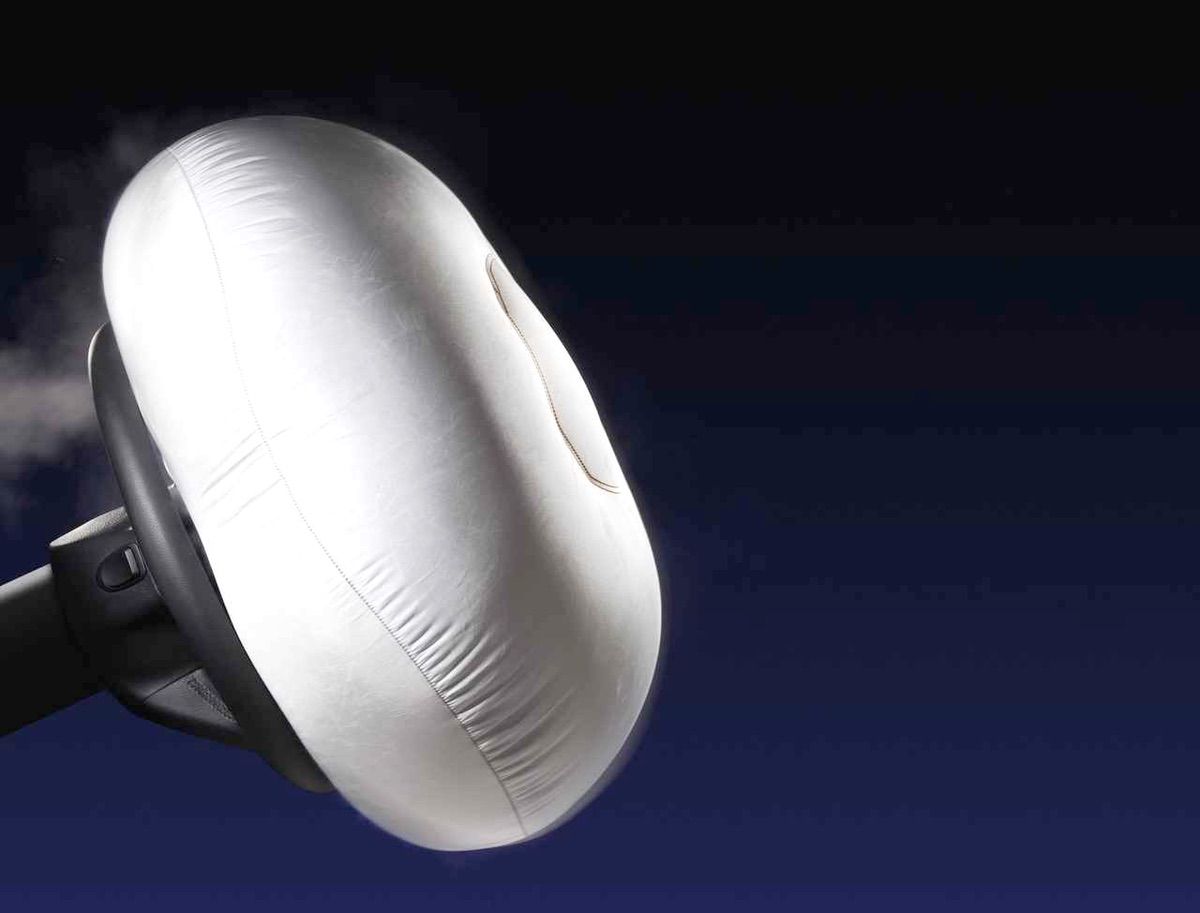The Invention of Seatbelts and the History Leading Up to Successful Adoption
The history of the seatbelt invention and slow - but eventual - successful adoption. This article will explain who invented the seatbelt, and what led to the invention.

The first known vehicle seatbelt was invented in the mid-19th century for use in early gliders. Car seatbelts were in existence by the 1930s but were unpopular with the public and rarely fitted by manufacturers. Volvo introduced the modern three-point car seatbelt in 1959. Legislation mandating the installation of seatbelts began to appear in many countries in the 1960s, including the USA, Australia, and UK.
If you’re interested in the history of seatbelt invention, then this article is for you. Carry on reading to find out more about who invented the seatbelt, when and why. We also tell you about some of the challenges and successes encountered as seatbelts were introduced.
Who invented the first seatbelt?
The first known seatbelt for a moving vehicle was designed in the mid-19th century by an early aeronautical engineer, George Cayley, for use by glider pilots. Another seatbelt-like device was patented by American inventor Edward J. Claghorn in 1885, partly for keeping tourists safe in horse-drawn taxi cabs.
The world’s first motor car, patented by Karl Benz in 1886, did not include seatbelt invention or other modern safety features. It took several decades and a steadily rising toll of road deaths before significant safety improvements were introduced to motor vehicles.
Racing car drivers were perhaps more aware of accident dangers than most. Barney Oldfield, a famous driver of his day, customized some cars with safety features, including roll bars and a safety cage. In 1922, he installed a parachute safety harness in one car as an early seatbelt.
Even simple lap-style seatbelts were not common before the 1950s. The modern three-point seatbelt was invented by Volvo safety engineer Nils Bohlin in 1949 and installed in standard production Volvo vehicles for the first time in 1959.
Why were seatbelts slow to be adopted for use in cars?
Despite early seatbelt inventions, seatbelts took many decades to be adopted as a standard car safety feature, with a range of interrelated reasons behind this delay. For example:
Cars were novel inventions
For most of human history, we’ve relied on feet, horses, or boats as our principle forms of transport. Like airplanes, automobiles are relatively newcomers. It took time for individuals and societies to understand and adjust to the changes and risks cars entailed. Relevant legal frameworks and social norms had to be developed around speeding, dangerous driving, drunk driving, etc.. Meanwhile, cars were growing in power, sophistication and numbers.
More initial focus on drivers than cars
Manufacturers, governments, and the public initially blamed rising road accidents and car deaths far more on driver skills and behaviors than automobile design. Controlling drivers through motor vehicle laws around drunk or dangerous driving, fines, road signs, etc.. therefore, became part of the landscape long before seatbelts were commonplace.
False beliefs about car accidents made seatbelts seem unnecessary
Early cars were either completely open to the elements or had only a soft roof that could be rolled up and down. Right into the 1930s, there was a widespread and persistent belief that car drivers and passengers would actually be safer if they were thrown from the car in an accident rather than remaining inside at risk of fire.
No one wanted to pay for safety features
Poor understanding of car accident dangers meant that people weren’t willing to pay for seatbelts. When American car producer, Nash, offered seatbelts as a factory option in 1949, buyers actively requested their removal. Only 1000 belts were reportedly used by customers from 40,000 cars produced. When Ford offered a seatbelt option in 1955, only 2% of buyers chose to pay for them.
What led to the acceptance of seatbelts in cars?
Growing research evidence on car accidents gradually turned the tide towards seatbelt acceptance. Campaigning was spearheaded by the personal crusades of various doctors, journalists, insurers, and others who presented governments, car manufacturers and the public with the facts.
Plastic surgeon, Claire Straith, was key to this shift. From treating car crash victims and researching accident sites. Straith observed that the sharp edges, exposed steering wheel shaft and protruding car dashboard knobs of his era were a major problem, with drivers being impaled when thrown forward in a crash.
Straith and other doctors campaigned for use of lap belts and other car safety features throughout the 1930s, having installed them in their own vehicles. After founding the Automobile Safety League of America, Straith had some success in influencing the car maker Chrysler to make safety-oriented changes to their car design in the mid-1930s. This did not initially include seatbelts.
A 1935 Reader’s Digest article by Joseph C. Furnas ( “—And Sudden Death!”) became the most reprinted article in Digest history, again sparking a wave of public interest in car safety issues.
What was the first car with a seatbelt fitted as standard?
While Nash was the first American car manufacturer to offer seatbelts as a factory option in its 1949 models, the belts proved highly unpopular with customers who mainly chose to remove them.
In 1959, Volvo introduced the modern three-point seatbelt in all cars produced in Sweden and later shared the new design with other car manufacturers for free. Designed to protect both the upper and lower body, the three-point seatbelt is used in almost all motor vehicles today.
When did seatbelts become a legal requirement?
Laws mandating the installation and use of seatbelts began to be introduced in the 1960s.
In the US, new Federal Motor Vehicle Safety Standards made several key safety features mandatory in cars in 1968, including front seat shoulder belts. In the UK, all cars sold after 1967 were required to be fitted with front seatbelts and with rear seatbelts after 1987.
The move towards the mandatory wearing of seatbelts took several further decades, despite public support. In the UK in 1983, wearing front seatbelts became compulsory, a change with which more than 90 percent of British drivers immediately complied.
In 1984 New York became the first US state to legally mandate seatbelt use by all front-seat passengers, with rear-seat passengers under 10 also required to wear seatbelts. All states except for New Hampshire have since followed suit. The US national seatbelt use rate was 90.3% by 2020.
A final word
Seatbelts made a massive difference to road safety in the second half of the 20th century and continue to protect drivers and passengers today.
In the USA alone, the CDC estimates that seatbelts saved over 255,000 American lives between 1975-2010. Statistics collected in New York and other states which introduced similar seatbelt laws in the 1980s showed a marked fall in traffic deaths.
When its inventor, Nils Bohlin, died in 2002, Volvo estimated that the three-point seatbelt design had saved over a million lives since its introduction.
Also read:





